Dougie Mann, a biomedical designer, wanted to make it easier for people with disabilities to use smartphones. His end product is a 3D printed keyboard with just 5 buttons instead of 50. As the keyboard is built into a phone case, users can type without having to look, with only one hand, and without having to remove their phone from their pocket.
People who are visually impaired struggle to see the buttons on a flat touchscreen. Dougie’s keyboard facilitates the use of an ordinary smartphone, without having to rely on the more stigmatizing solutions like voice-to-text devices.
Amputees are another use case where typing on a full keyboard and mouse can be time-consuming, whereas a single-handed gestural keyboard can streamline the human-computer interaction.
Designed with one-handed individuals in mind, such as amputees, stroke victims, or hemiplegics, TypeCase simplifies a traditional keyboard down to a beautifully intuitive and effortless interaction. By integrating the board into a phone case, it reintroduces tactility back into touchscreen smartphones, offering the visually impaired a discrete alternative to the more stigmatizing voice-to-text methods.
The keyboard works in a similar way to Braille, by showing the user how to press the right buttons when holding the phone. For the visually impaired, TypeCase uses haptic feedback that allows users not only to send messages, but to receive them as well. Reversing the interaction, you can ‘feel’ text using the same code with small vibrations in each of your fingers.
This system could revolutionize communication for the blind. Simultaneously, it facilitates a whole new way for everyone to use a smartphone, and all without the need for audio.
Dougie worked with a free and experimental process, starting with broader thematic questions about disability design. He studied the balance of form and function, the role of fashion and aesthetics in accessibility products, and tried a lot of different technologies before he arrived at the solution that became TypeCase.
Starting with rapid prototyping of the electronics and designs, the first user tests were conducted on more functional prototypes in 3D printed resin.
Dougie spent a lot of time really pinning down the problems the intended users face to find a practical and real-world solution that would provide a genuine benefit. By re-framing the product as an inclusive design, he’ll be able to pitch the idea to a broader audience and also get the more traditional users excited in the concept and thereby be able to make it available to more users whose life TypeCase can have a real impact on.

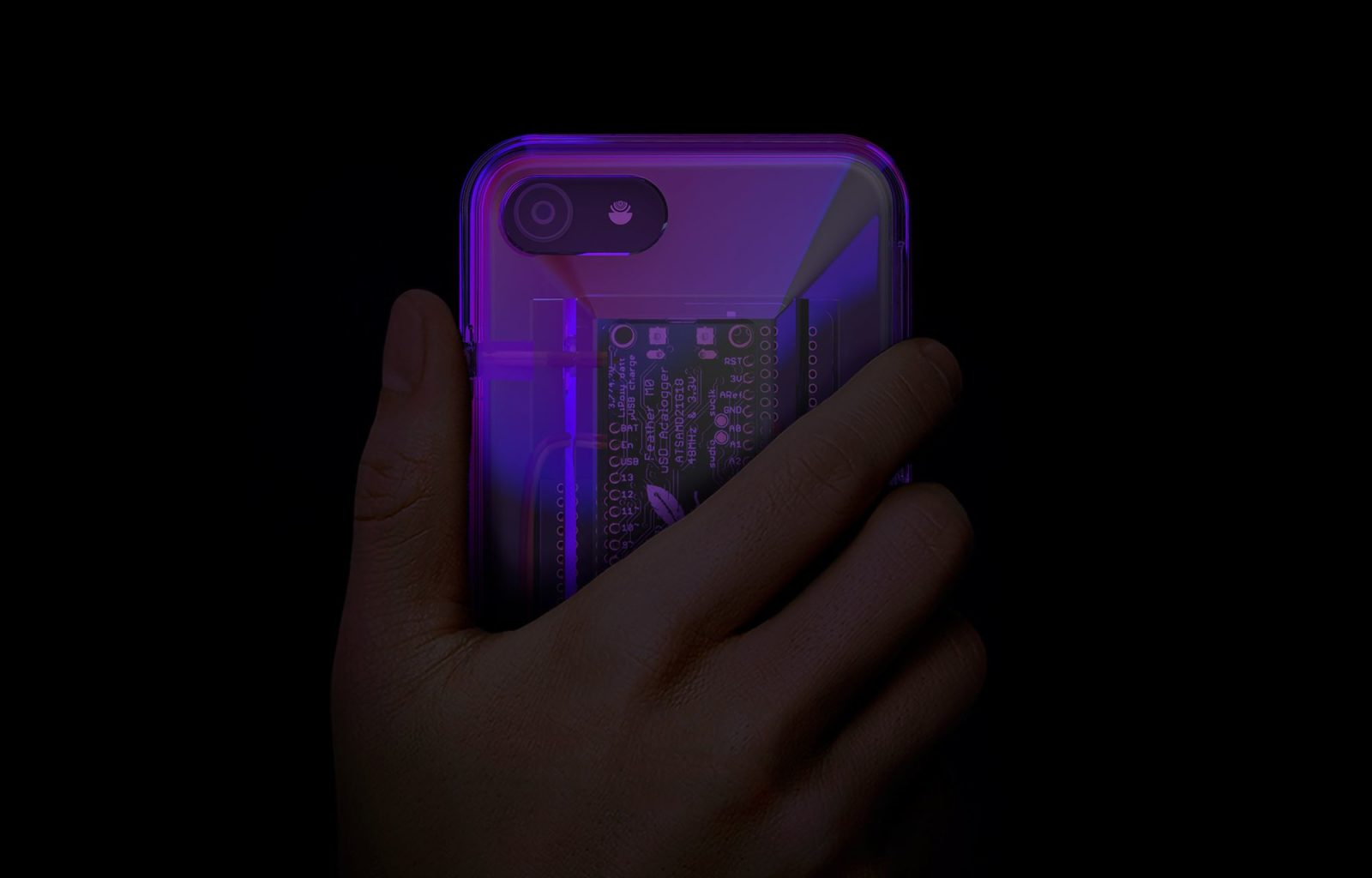
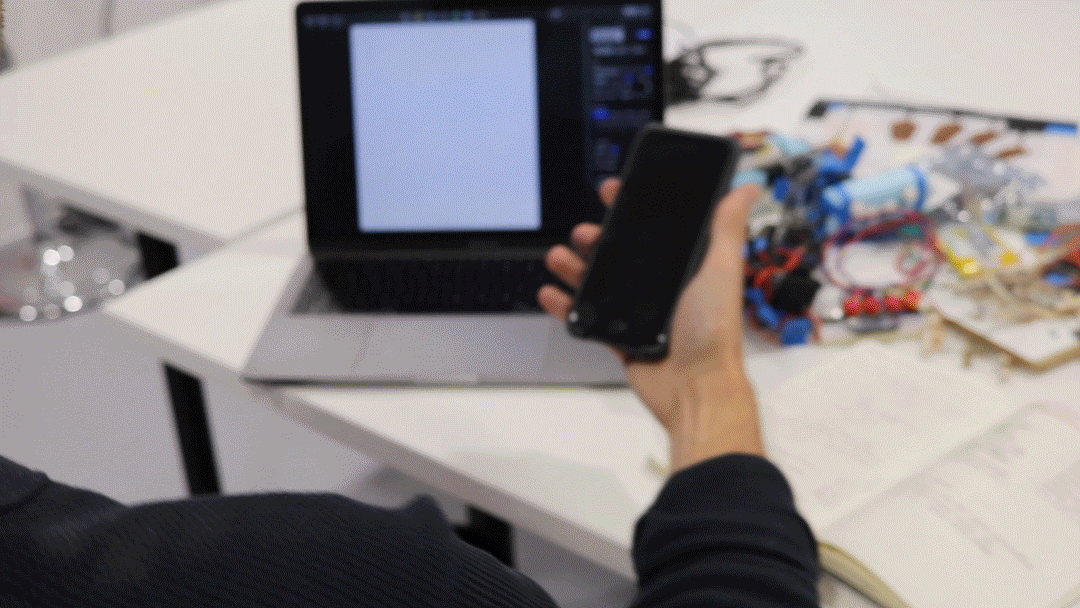
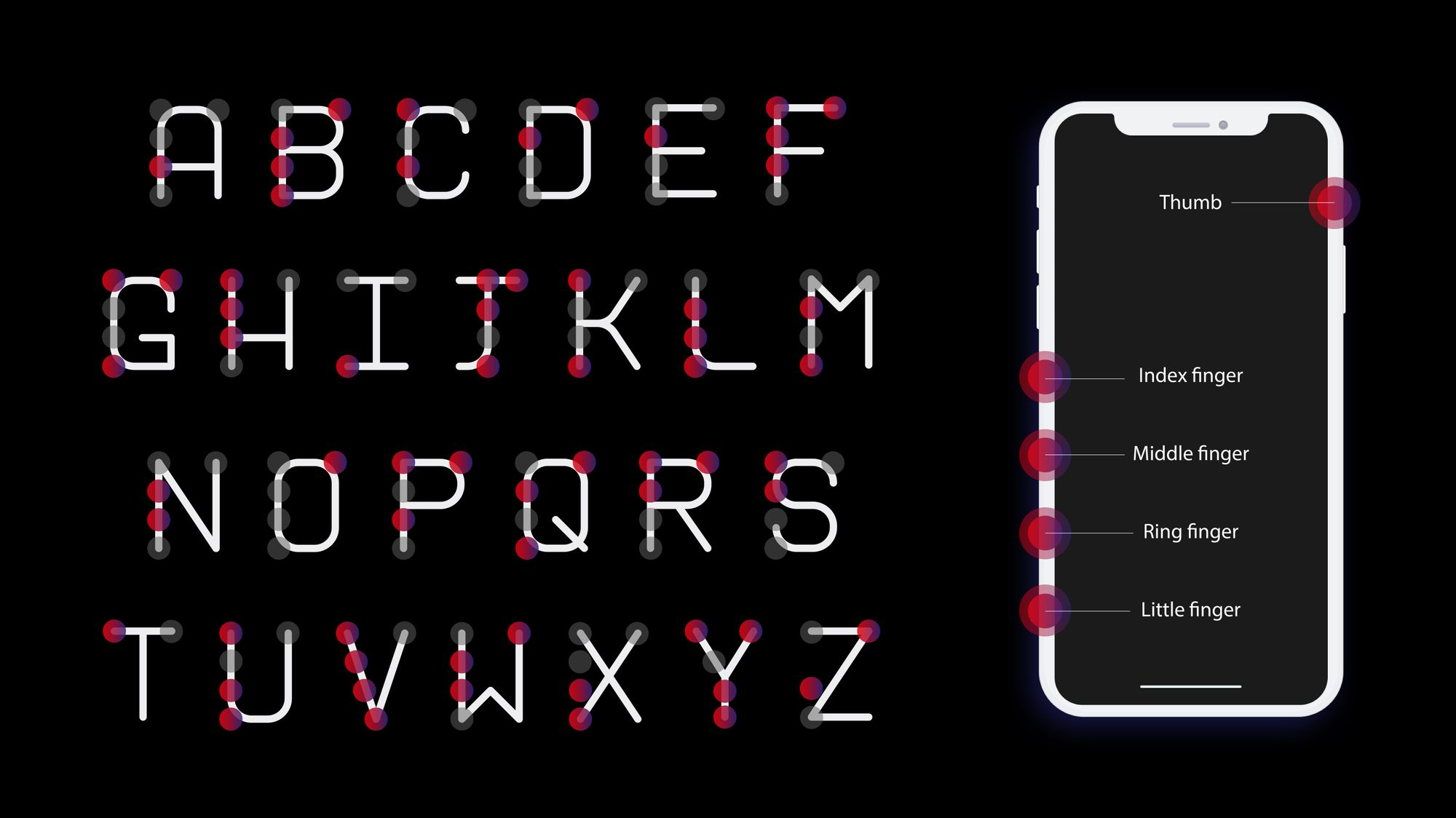
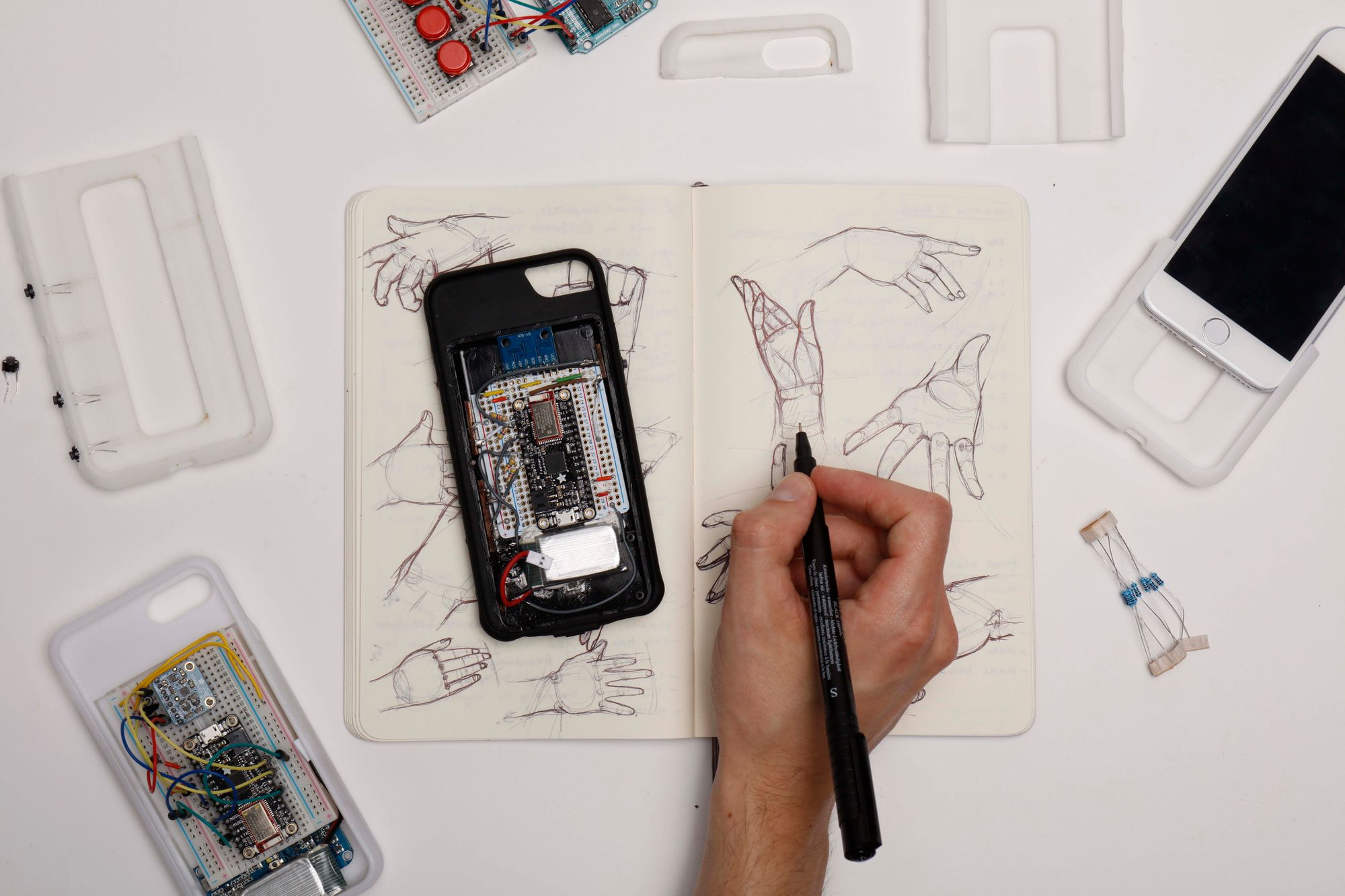
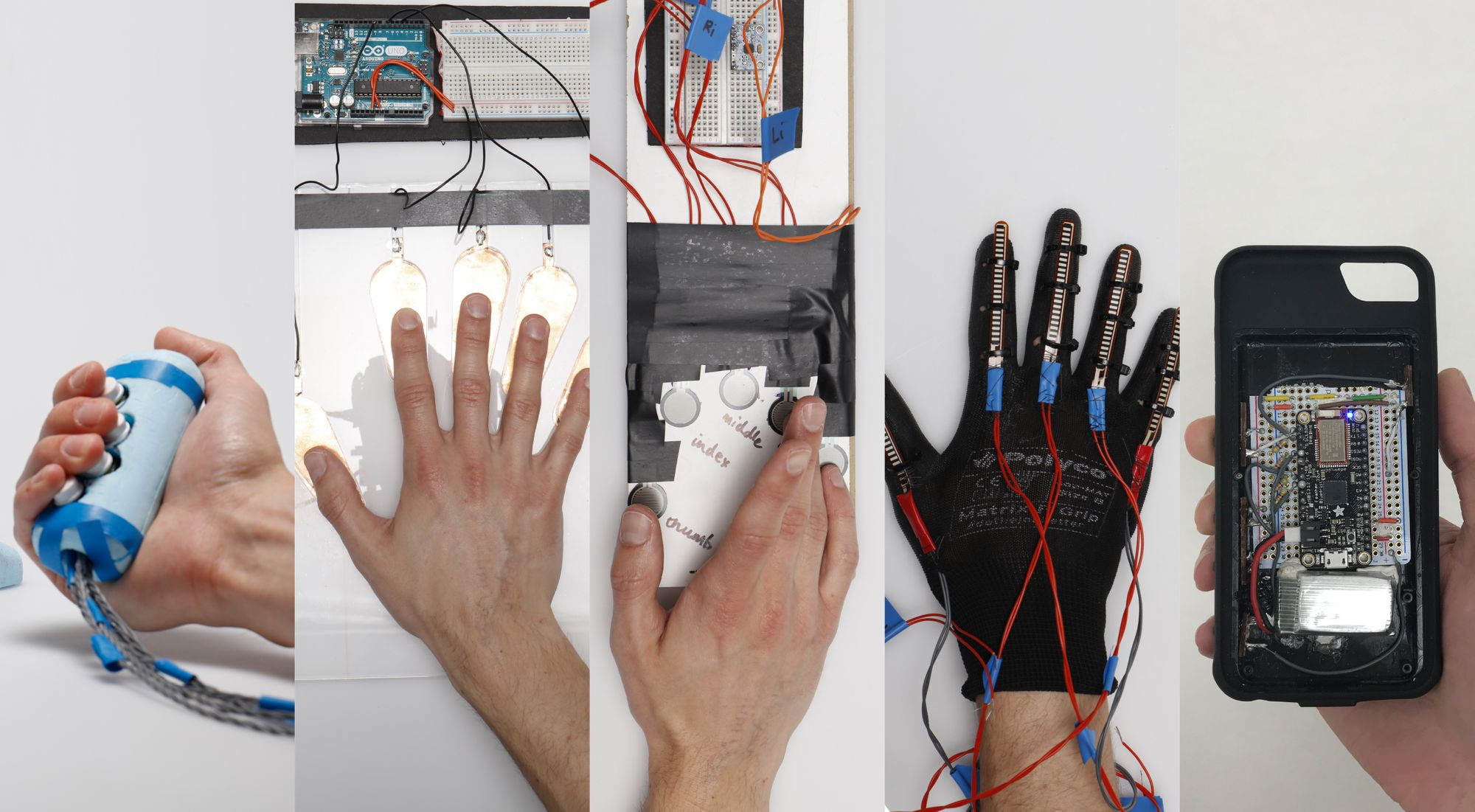
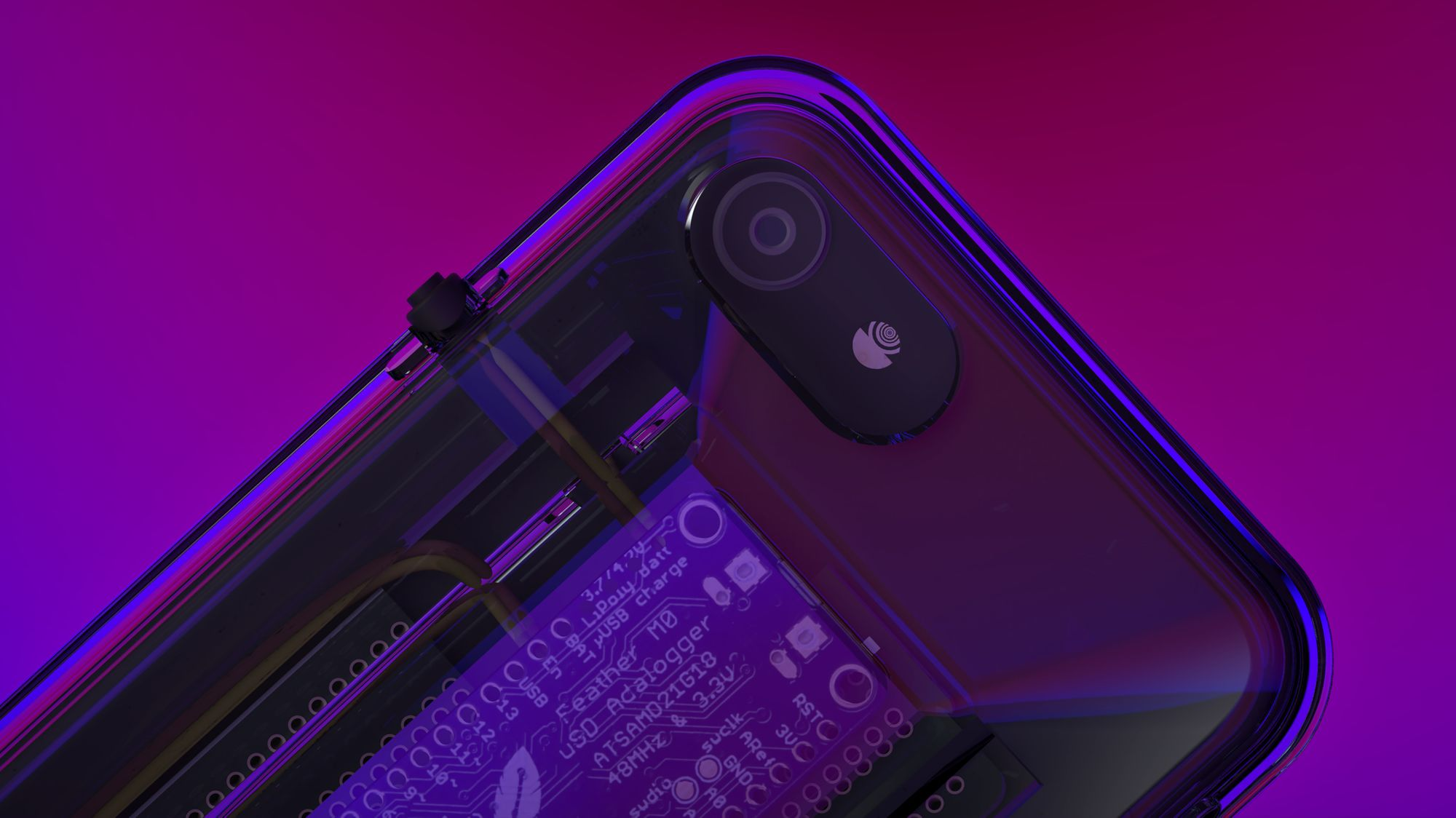

Leave A Comment